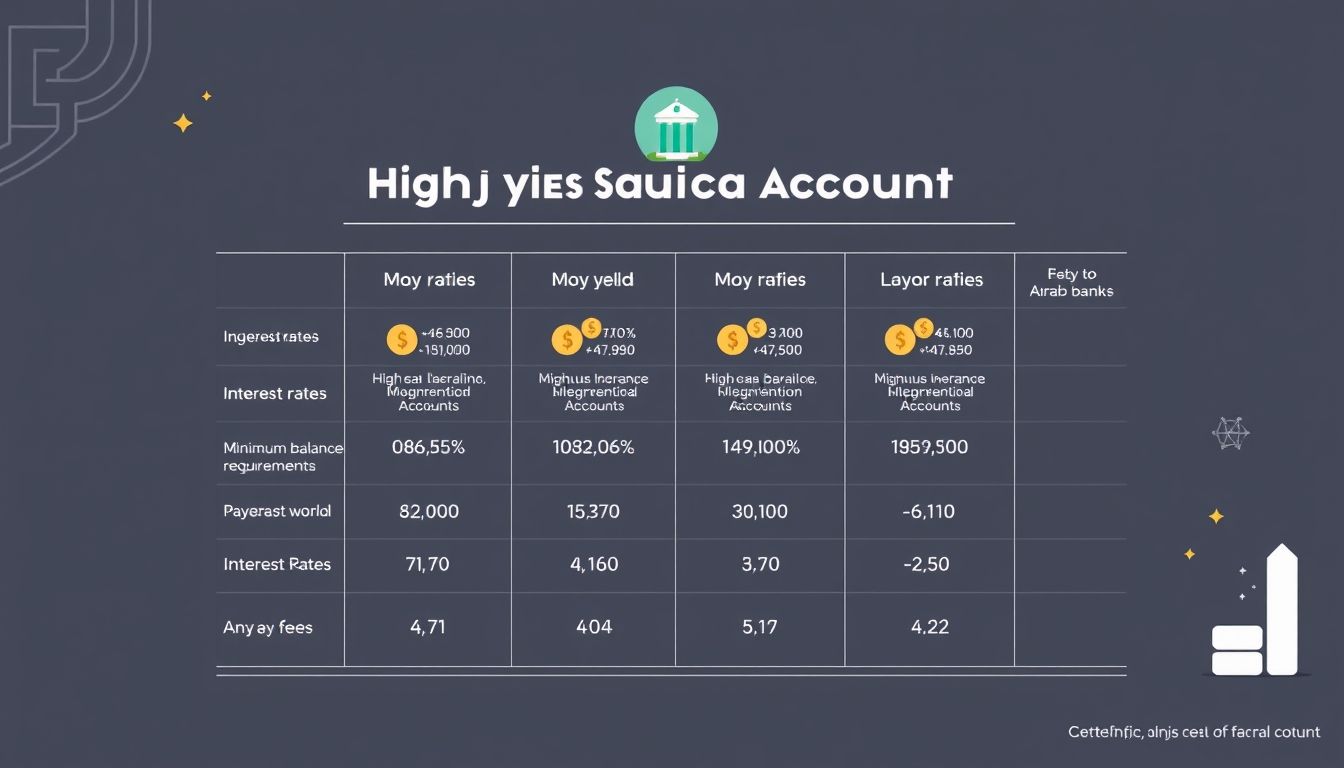زرع بذور الازدهار: دليل شامل لتعليم المراهقين إدارة المال والتوفير
تعليم المراهقين إدارة المال ليس مجرد درس في الحساب، بل هو استثمار في مستقبلهم. في عالم تتزايد فيه المغريات الاستهلاكية وتتغير فيه طبيعة الوظائف، يصبح إعداد الشباب مالياً أكثر أهمية من أي وقت مضى. هذه المقالة تقدم استراتيجيات عملية لتمكين المراهقين من تحقيق الاستقلال المالي وبناء مستقبل مزدهر.
الفصل الأول: لماذا تعليم إدارة المال مهم للمراهقين؟
قد يبدو المال موضوعاً بعيداً عن اهتمامات المراهقين، لكن الحقيقة هي أنهم يتعاملون مع المال بطرق مختلفة، سواء من خلال مصروف الجيب، أو الهدايا، أو حتى العمل بدوام جزئي. تعليمهم كيفية إدارة هذه الأموال بشكل صحيح يمنحهم:
- الاستقلالية: القدرة على اتخاذ قرارات مالية مستنيرة دون الاعتماد على الآخرين.
- المسؤولية: فهم عواقب الإنفاق المتهور والادخار الواعي.
- الثقة بالنفس: الشعور بالقدرة على التحكم في مستقبلهم المالي.
- الوقاية من الديون: تجنب الوقوع في فخ الديون في سن مبكرة.
دراسة حديثة أجرتها مؤسسة "إنجاز العرب" أظهرت أن 70% من الشباب العربي يرغبون في بدء مشاريعهم الخاصة، لكن نقص المعرفة المالية يعتبر أحد أكبر العوائق التي تواجههم. هذا يؤكد أهمية تزويدهم بالأدوات والمهارات اللازمة لتحقيق طموحاتهم.
الفصل الثاني: المصروف الشخصي: أول درس في الميزانية
المصروف الشخصي هو أداة قوية لتعليم المراهقين كيفية وضع الميزانية وتحديد الأولويات. إليك بعض النصائح لجعله فعالاً:
- حدد مبلغاً ثابتاً: يجب أن يكون المبلغ كافياً لتغطية بعض النفقات الأساسية، مثل وجبات الغداء أو المواصلات، ولكنه ليس كبيراً لدرجة تشجيع الإنفاق المفرط.
- علمهم تتبع النفقات: استخدم تطبيقاً للميزانية أو جدول بيانات بسيط لتسجيل كل قرش ينفقونه.
- ناقش الأولويات: ساعدهم على التمييز بين الاحتياجات والرغبات، وشجعهم على تخصيص جزء من المصروف للادخار.
- لا تتدخل في قراراتهم: دعهم يتحملون مسؤولية قراراتهم، حتى لو ارتكبوا أخطاء.
مثال: إذا كان مصروف المراهق 100 ريال أسبوعياً، يمكن تقسيمه كالتالي: 50 ريالاً للنفقات اليومية، 30 ريالاً للادخار، و20 ريالاً للترفيه.
الفصل الثالث: الادخار: بناء أساس مالي متين
الادخار ليس مجرد تجميع المال، بل هو عادة يجب غرسها في سن مبكرة. إليك بعض الطرق لتشجيع المراهقين على الادخار:
- حدد هدفاً واضحاً: سواء كان الهدف شراء هاتف جديد، أو الذهاب في رحلة، أو الدراسة في الجامعة، فإن وجود هدف محدد يجعل الادخار أكثر جاذبية.
- اجعل الادخار تلقائياً: قم بإعداد تحويل تلقائي من حسابهم الجاري إلى حساب التوفير كل شهر.
- قدم حوافز: يمكنك مضاعفة المبلغ الذي يدخرونه، أو تقديم مكافأة إضافية عند تحقيقهم هدفهم.
- علمهم قوة الفائدة المركبة: اشرح لهم كيف يمكن للمال أن ينمو بمرور الوقت إذا تم استثماره بشكل صحيح.
مثال: إذا ادخر المراهق 50 ريالاً شهرياً لمدة 5 سنوات، وبفائدة 5% سنوياً، فسيكون لديه أكثر من 3300 ريال.
الفصل الرابع: العمل بدوام جزئي: اكتساب الخبرة والاستقلالية
العمل بدوام جزئي يمنح المراهقين فرصة لاكتساب الخبرة العملية، وتعلم مهارات جديدة، وكسب المال الخاص بهم. ابحث عن فرص عمل مناسبة لأعمارهم واهتماماتهم، مثل:
- العمل في المقاهي والمطاعم: خدمة العملاء، إعداد الطعام، إدارة النقد.
- العمل في المتاجر: ترتيب البضائع، مساعدة العملاء، إدارة المخزون.
- العمل الحر عبر الإنترنت: الكتابة، التصميم، التسويق الرقمي.
- تقديم الدروس الخصوصية: مساعدة الطلاب الأصغر سناً في المواد الدراسية.
تذكر أن العمل يجب ألا يؤثر سلباً على دراستهم أو صحتهم. شجعهم على تحقيق التوازن بين العمل والدراسة والحياة الاجتماعية.
الفصل الخامس: الاستثمار: تعلم كيف ينمو المال
قد يبدو الاستثمار موضوعاً معقداً، لكن يمكن تقديمه للمراهقين بطريقة مبسطة. ابدأ بشرح المفاهيم الأساسية، مثل:
- الأسهم: حصص في ملكية الشركات.
- السندات: قروض تقدمها الشركات أو الحكومات.
- الصناديق المشتركة: محافظ استثمارية متنوعة.
- العائد والمخاطر: العلاقة بين المكاسب المحتملة والخسائر المحتملة.
يمكنك استخدام تطبيقات محاكاة الاستثمار لتعليمهم كيفية شراء وبيع الأسهم دون المخاطرة بأموال حقيقية. شجعهم أيضاً على قراءة الكتب والمقالات المالية، ومتابعة الأخبار الاقتصادية.
الفصل السادس: الديون: فهم المخاطر وتجنبها
الديون يمكن أن تكون مفيدة إذا استخدمت بحكمة، ولكنها يمكن أن تكون مدمرة إذا أساء استخدامها. علم المراهقين الفرق بين الديون الجيدة والديون السيئة:
- الديون الجيدة: القروض التي تستخدم للاستثمار في المستقبل، مثل قروض التعليم أو قروض شراء العقارات.
- الديون السيئة: القروض التي تستخدم لشراء سلع استهلاكية، مثل بطاقات الائتمان أو القروض الشخصية ذات الفائدة المرتفعة.
علمهم أيضاً كيفية قراءة شروط القروض، وفهم أسعار الفائدة، وتجنب التأخر في السداد.
الفصل السابع: بطاقات الائتمان: سلاح ذو حدين
بطاقات الائتمان يمكن أن تكون أداة مفيدة لبناء التاريخ الائتماني، ولكنها يمكن أن تؤدي أيضاً إلى الديون المتراكمة. إذا قرر المراهق الحصول على بطاقة ائتمان، فتأكد من أنه يفهم الشروط والأحكام، وكيفية استخدامها بمسؤولية:
- ادفع الرصيد بالكامل كل شهر: تجنب دفع الفوائد عن طريق سداد الرصيد المستحق بالكامل في كل دورة فوترة.
- لا تتجاوز الحد الائتماني: تجنب الرسوم والغرامات عن طريق البقاء ضمن الحد الائتماني المسموح به.
- تتبع النفقات: استخدم تطبيقاً للميزانية أو جدول بيانات لتتبع النفقات التي تتم باستخدام بطاقة الائتمان.
الفصل الثامن: التبرع والعمل الخيري: رد الجميل للمجتمع
تعليم المراهقين أهمية التبرع والعمل الخيري ليس فقط عملاً نبيلاً، بل هو أيضاً درس في المسؤولية الاجتماعية. شجعهم على تخصيص جزء صغير من دخلهم للأعمال الخيرية التي يؤمنون بها. يمكنهم أيضاً التطوع بوقتهم ومهاراتهم لمساعدة الآخرين.
الفصل التاسع: الاحتيال المالي: كيف تحمي نفسك
الاحتيال المالي أصبح منتشراً بشكل متزايد، ومن المهم تعليم المراهقين كيفية حماية أنفسهم من الوقوع ضحية للاحتيال. علمهم:
- عدم مشاركة المعلومات الشخصية: لا تشارك معلوماتك الشخصية، مثل رقم الضمان الاجتماعي أو معلومات الحساب المصرفي، مع أي شخص عبر الإنترنت أو عبر الهاتف.
- الحذر من العروض المغرية: إذا كان العرض يبدو جيداً لدرجة يصعب تصديقها، فمن المحتمل أنه عملية احتيال.
- الإبلاغ عن الاحتيال: إذا كنت تعتقد أنك ضحية للاحتيال، فأبلغ الشرطة والسلطات المختصة.
الفصل العاشر: أدوات وموارد إضافية
هناك العديد من الأدوات والموارد المتاحة لمساعدة المراهقين على تعلم إدارة المال، مثل:
- تطبيقات الميزانية: Mint, YNAB (You Need a Budget), Personal Capital.
- مواقع الويب التعليمية: Khan Academy, Investopedia, The Balance.
- الكتب والمجلات المالية: Rich Dad Poor Dad, The Total Money Makeover, Money Magazine.
- البرامج التعليمية المالية: تقدمها العديد من البنوك والمؤسسات المالية.
من خلال توفير التعليم المالي المناسب، يمكننا تمكين المراهقين من بناء مستقبل مالي مزدهر وتحقيق أحلامهم وطموحاتهم.
إخلاء المسؤولية: هذه المقالة هي لأغراض إعلامية فقط ولا تشكل نصيحة مالية. استشر مستشاراً مالياً مؤهلاً قبل اتخاذ أي قرارات مالية.




